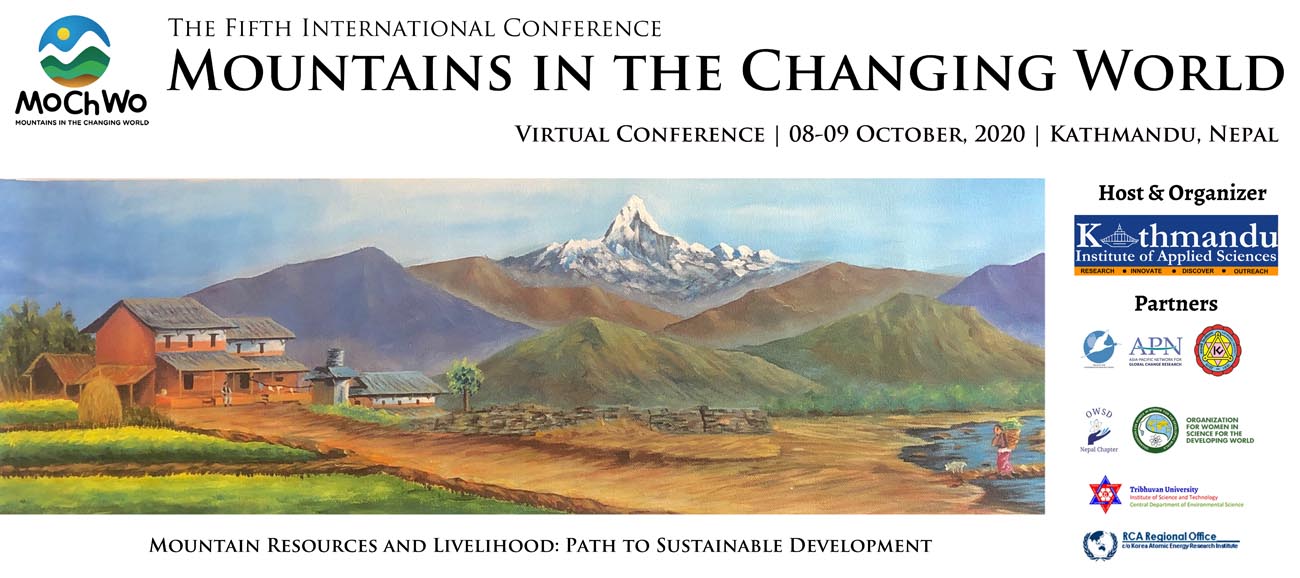News & Activities
Highways are major factors for landslides in Nepal

Landslides are the most severe type of natural hazards occurring every year during monsoon in Nepal causing loss of property and human lives. A very recent example of such landslide was the one in Jure, Sindhupalchock. This massive landslide blocked the Sunkoshi river for several days. Many dozens of people were killed and some are still missing. The landslide also damaged a portion of an important highway blocking the traffice for weeks. Recent research by KIAS scientist Dr. Amardeep Regmi has shown that the the leading factor in the formation of instabilities that cause landslides is roads. The study was conducted in Bhalubang-Shiwapur section of east-west highway, Nepal and has been published in the Journal of Mountain Science.
Congratulations!
Nepal occipies the major portion of central Himalaya which is youngest and techtonically most active mountain range in the world. Roads constructed in fragile Siwaliks are prone to large number of instabilities. It is important to understand the causative factor for landslides and predict future occurrence of landslides. Combining modelling and field based data, Dr. Regmi studied Bhalubang-Shiwapur section of Mahendra Highway lying in Western Nepal. About 332 landslides were identified and mapped, among which 226 (70%) were randomly selected for model training and the remaining 106 (30%) were used for validation purpose in this research. It was observed that the distance from highway and lithology, followed by distance from drainage, slope curvature, and slope gradient played major role in the formation of landsides.


